I am now designing an FM demodulator circuit. And the first step is turning FM into AM, so I could use envelope detector afterwards. Modulator circuit is designed using Colpitts topology. So frequency varies from 2,336 MHz to 2,411 MHz (according to my calculations).
The resonance frequency of the following circuit with C5=10pF and L2=435uH is about 2,413MHz. So the amplitude of the output should change depending on the frequency of modulator circuit.
Unfortunately I can't "observe" it neither at my "voltage-time" plot nor at FFT. Maybe I am doing smth. wrong or some basic considerations are not proper. Thank you in advance!





Asked
Active
Viewed 1,584 times
0
Kral
- 7
- 3
-
What Q is the resonant circuit? What amplitude variation do you calculate across the FM signal bandwidth? – Jun 22 '20 at 12:41
-
*So the amplitude of the output should change depending on the frequency of modulator circuit.* If you change the frequency of your input signal **significantly** then yes, the amplitude should change. But you only change the frequency slightly so not much change is expected. *Modulator circuit is designed using Colpitts topology*I don't see how this is a "Colpitts" as it has a **loopgain < 1** since the NPN is used in common collector. According to me you basically made an LC tank with a buffer (emitter follower). But please explain and prove me wrong so I can learn something new. – Bimpelrekkie Jun 22 '20 at 12:41
-
@Bimpelrekkie no, it has loop gain due to the magnification brought about by the tank circuit. It's a regular Colpitts design (and not so colpissy). Go google common collector colpitts oscillator - I can vouch they work and, if you look on this site you'll find my derivation ([maybe here](https://electronics.stackexchange.com/questions/355018/colpitts-oscillators-capacitors/355062#355062)). – Andy aka Jun 22 '20 at 13:23
-
@Andyaka OK, fair point. So I learned something today, which is always good. – Bimpelrekkie Jun 22 '20 at 14:06
-
**V(out)** swings over the full 10V DC supply range. Waveform tops appear to be clipped by the transistor base-collector diode going forward-bias...any amplitude variations get clipped as well. – glen_geek Jun 22 '20 at 14:30
1 Answers
1
So frequency varies from 2,336 MHz to 2,411 MHz
Looking at your demodulating slope detector, it has a Q of about 1.52 and, if I plug numbers into an on-line calculator, I estimate that at 2.331 MHz (slightly lower than 2.336 MHz), the amplitude drop is 0.047 dB compared to that when the frequency is 2.413 MHz.
In real numbers, you should expect to see an amplitude change of about 0.54%. Maybe that's what you see. Nevertheless, it's a pretty poor slope detector if that's all it brings to the party. I would use a high pass filter like this: -
- It has a Q of about 10.
- At 2.413 MHz the gain is 20.18 dB
- At 2.331 MHz the gain is 18.09 dB
- The difference is 2.09 dB or, in real terms an amplitude change of 27.2%
Of course you could make the Q a bit bigger and get more conversion of frequency to amplitude. The operating frequency isn't that high to worry about matching loads so you have scope here.
Andy aka
- 434,556
- 28
- 351
- 777
-
-
@Kral if you are finished with your previous question then please consider formally accepting the answer or raise a new comment if there's something you don't understand. If you don't know how to formally accept an answer [see this picture](https://i.stack.imgur.com/mKrn6.png). – Andy aka Jun 22 '20 at 19:58
-
